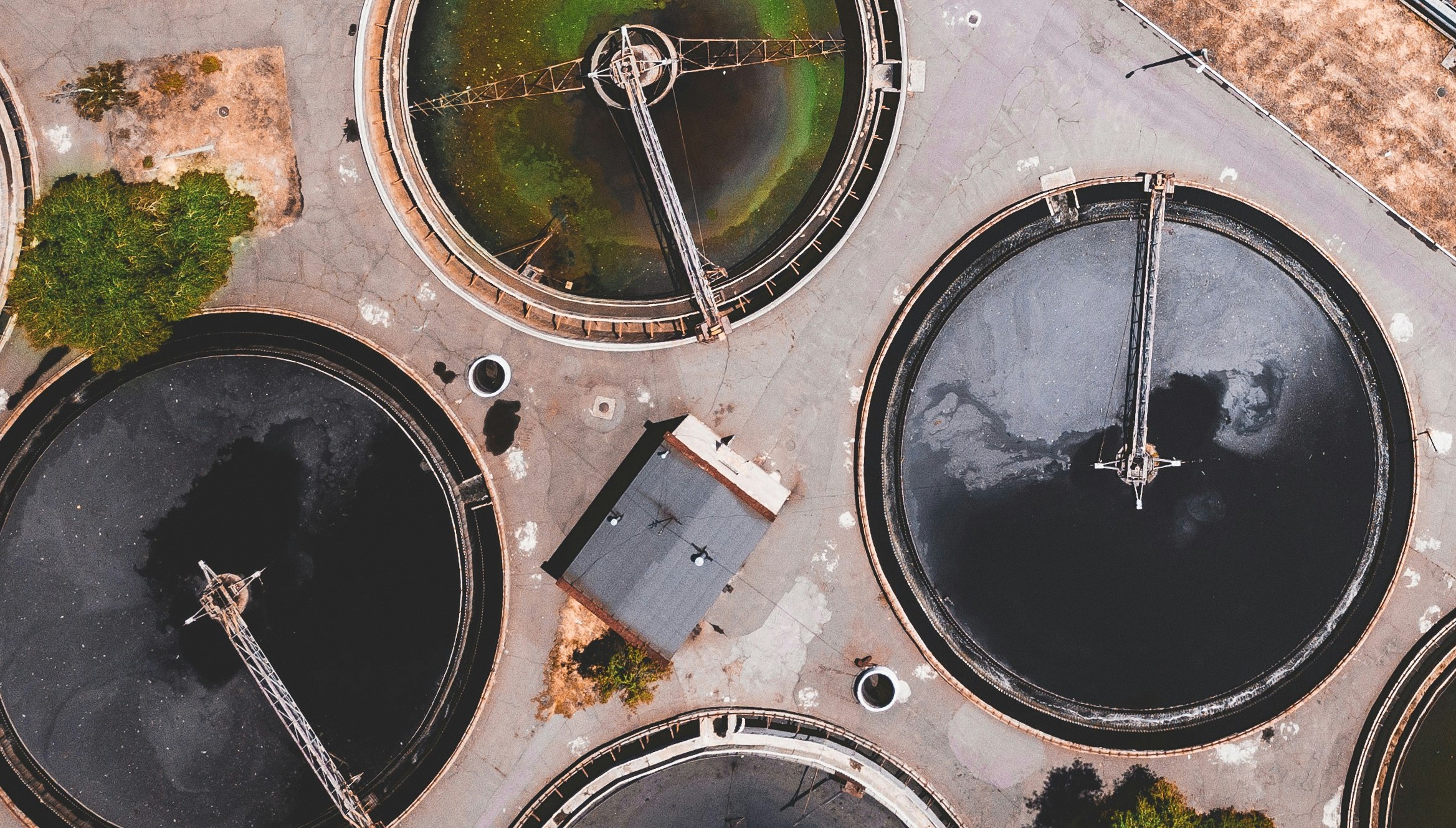Cyanide in high concentrations, plays a fundamental role in extracting silver and gold from ores in the mining industry. Additionally, it’s employed in low concentrations as a flotation reagent for recovering base metals like copper, lead, and zinc. However, the use of cyanide raises environmental concerns and treatment systems are essential to address potential toxicity issues.
Cyanide can exist in water as strong acid dissociable (SAD) or total cyanide, weak acid dissociable (WAD) cyanide, and free cyanide. SAD cyanide is inclusive of WAD and free cyanide and WAD cyanide is inclusive of free cyanide. The choice of the cyanide class for removal is critical in treatment plants.
Cyanide Treatment Processes
Cyanide treatment process aim to either destroy cyanide or recover and reuse cyanide in the metallurgical processes. The destruction processes mostly focus on converting cyanide into less toxic compounds through oxidation reactions while some processes focus on recovering cyanide.
INCO Sulfur Dioxide/Air was developed in the 1980s and utilizes sulfur dioxide (SO2) and air with a soluble copper catalyst to oxidize cyanide into the less toxic compound cyanate (OCN-). This process is particularly effective for slurry tailings, achieving low levels of cyanide and metals.
Hydrogen Peroxide is similar to the INCO process and relies on oxidizing cyanide to less toxic species. However, hydrogen peroxide is used as an oxidizing reagent. In this chemical ballet, soluble copper acts as a catalyst, orchestrating the transformation of cyanide into the less toxic compound, cyanate. This process is applied to solutions and is effective for treating relatively low levels of cyanide to achieve discharge-suitable levels.
Caro’s Acid (H2SO5) is also used for cyanide treatment and finds application in slurry treatment where a copper catalyst is not desirable. The chemical reaction involves the conversion of cyanide to cyanate, and the process is efficient in achieving low levels of both cyanide and metals. Caro’s Acid serves as a valuable alternative in scenarios where traditional methods may face limitations.
Alkaline Chlorination was once a prominent player in the cyanide treatment arena and has retained its significance despite yielding ground to newer methodologies. This process is adept at oxidising cyanide leading to the formation of cyanate, a less toxic compound. The process is particularly effective with solutions for the oxidation of free and WAD cyanides as the high chlorine consumption in slurry applications might render it less economical.
Iron-Cyanide Precipitation is also used to treat free, WAD, and total cyanides that react with ferrous iron to form various soluble and insoluble compounds. The precipitation boasts the capability to achieve low levels of both cyanide and associated metals. This process is primarily used as a polishing process to reduce total cyanide concentrations to less than about 1 to 5 mg/L.
Activated Carbon is also employed for polishing treatment processes considering its high affinity for metal-cyanide compounds. This simple and effective method is convenient for installation at sites using activated carbon in metallurgical processes for precious metals recovery.
Biological Treatment processes, particularly aerobic processes can is also used to treat cyanides successfully including thiocyanate, cyanate, ammonia, and metals from tailings impoundment solutions. These processes find optimal applicability in scenarios involving continuous solution flows with temperatures above about 10°C. The success of these processes’ hinges on the establishment of a conducive environment for the growth and activity of microorganisms responsible for cyanide degradation.
Natural Attenuation of cyanide solutions occurs in ponds or tailings impoundments where cyanide complexes undergo natural reactions, including volatilization, oxidation, hydrolysis, photolysis, and precipitation. Natural cyanide attenuation is influenced by weather, pond geometry, and chemistry.
Conclusion:
Choosing an appropriate cyanide treatment process involves a thorough assessment of solution chemistry and desired treatment levels. Laboratory and pilot testing are imperative to confirm achievable treatment levels and evaluate associated reagent consumptions. Tailoring the choice of technology to specific conditions ensures effective cyanide removal while adhering to environmental standards.
For personalized assessments and expert advice on implementing cyanide treatment solutions tailored to your specific requirements, including the latest advancements, please contact us.
Farzad Mohamm PhD PEng

